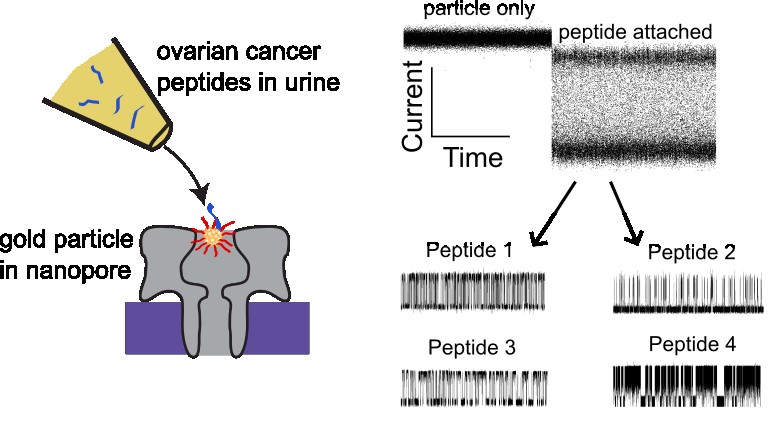ROCKVILLE, MD – Ovarian cancer is hard to diagnose in its early stages because it has vague symptoms, such as constipation, bloating, and back pain. Moreover, there are no routine screens for ovarian cancer like there are with other cancers, such as breast or colon cancer. Ovarian cancer has only a 35% overall survival rate. A more straightforward screening process could improve early diagnosis and lead to a better survival rate.
New research by Joseph Reiner and colleagues at Virginia Commonwealth University shows promise for a urine-based test for ovarian cancer. Reiner will present their research at the 68th Biophysical Society Annual Meeting, to be held February 10 - 14, 2024 in Philadelphia, Pennsylvania.
Previous research showed that there are thousands of small molecules, called peptides, in the urine of people with ovarian cancer. While it is possible to detect those molecules using certain well-established techniques, those techniques aren't straightforward or cost effective. Reiner sought a new approach to more easily detect those peptides.
He turned to nanopore sensing, which has the potential to simultaneously detect multiple peptides. The basic idea of nanopore sensing involves passing molecules through a tiny pore, or nanopore, and measuring the changes in electrical current or other properties as the molecules move through.
To harness the nanopore technology to detect various peptides, Reiner used gold nanoparticles that can partially block the pore. Peptides, like those in the urine of people with ovarian cancer, will then “stick to the gold particle and basically dance around and show us a unique current signature,” Reiner explained.
The method is capable of simultaneously identifying multiple peptides, and in their study they identified and analyzed 13 peptides, including those derived from LRG-1, a biomarker found in the urine of ovarian cancer patients. Of those 13 peptides, Reiner said, “we now know what those signatures look like, and how they might be able to be used for this detection scheme. It's like a fingerprint that basically tells us what the peptide is.”
“Clinical data shows a 50-75% improvement in 5-year survival when cancers are detected at their earliest stages. This is true across numerous cancer types,” Reiner pointed out.
Their ultimate goal is to develop a test that, combined with other information like CA-125 blood tests, transvaginal ultrasound, and family history, could improve early-stage ovarian cancer detection accuracy in the future.

How gold nanoparticles help identify peptides in urine in patients with ovarian cancer. Image courtesy of Joseph Naumann.